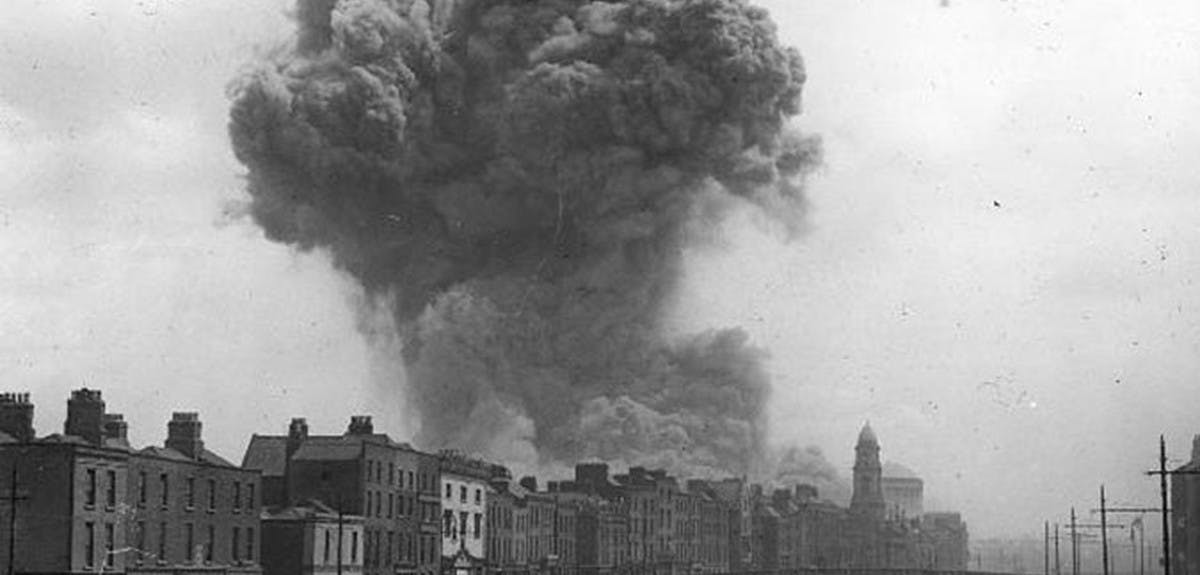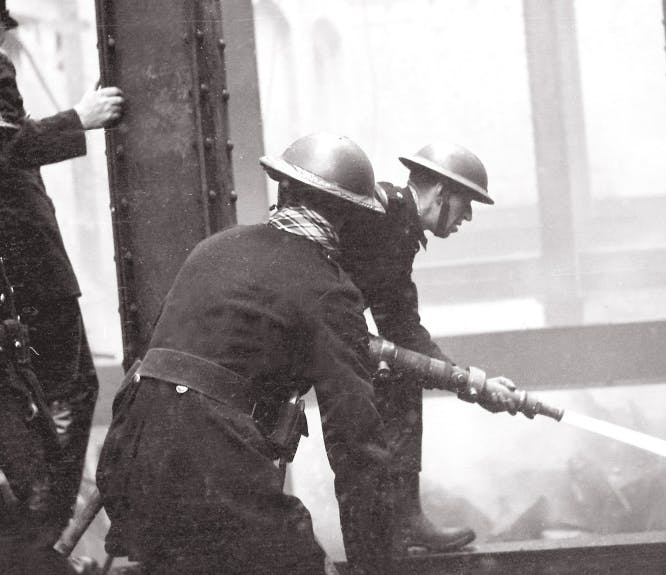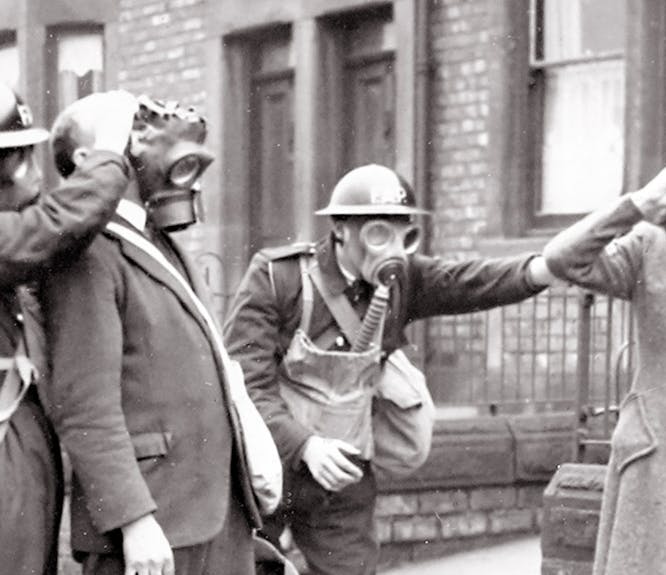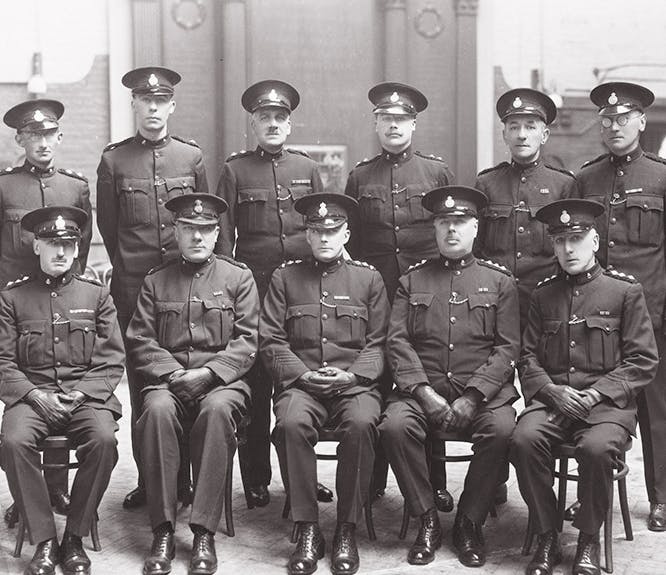Why Irish genealogy is so hard
3-4 minute read
By The Findmypast Team | July 22, 2016

In late June of 1922, crucial evidence of your Irish ancestors was blown to smithereens.
The very same event that began the Irish Civil War – the stand-off at the Four Courts building – also resulted in the destruction of over 1,000 years of Irish state and religious records.
The event and the circumstances surrounding it are a fascinating story in Irish history that fully exemplifies how divided Ireland was during this period. It also illustrates how civil war affected everyone – it tore contemporary friends and family apart, and through its destruction sent shock waves throughout centuries of history itself.
From independence to civil war
The Anglo-Irish Treaty of 1921 formally ended the Irish War of Independence, but not everyone was satisfied. The Treaty established the Irish Free State as self-governing dominion still associated with Britain.
Significant factions within the Ireland thought the Treaty was a betrayal of the vision of a truly independent Irish Republic for which many had fought and died.
So in April of 1922, a group of armed anti-Treaty members of the Irish Republican Army took over the Four Courts in Dublin, which was the center of the Irish court system. Their goal was to provoke Britain into another armed conflict that would unite pro and anti-Treaty Irish and resume the struggle for a truly independent Ireland.
Brother against brother
Michael Collins, one of the most prominent leaders of the Irish independence movement, was part of the Irish delegation that signed the Anglo-Irish Treaty. As a former leader of the IRA, he was tasked by the British government with ending the occupation by the anti-Treaty insurgents.
This was a particularly difficult situation for Collins, who was essentially facing many of his old friends and comrades. For the first several months of the standoff, he withheld firing upon the occupiers.
But when Sir Henry Wilson, a British military leader, was assassinated by IRA men on June 22nd, tensions began to rise rapidly. Conservatives in Parliament calling for military intervention to end the Four Courts standoff began to gain traction.
The last straw occurred when the occupiers kidnapped pro-Treaty Irish general JJ O'Connell on June 26th – the next day, the Provisional Government ordered the group to surrender the Four Courts immediately or face military action.
Bombing them out
Early on June 28th, the shelling of the Four Courts began. Nobody is certain exactly who gave the order. Many assume it was Michael Collins himself, though some biographers refute this claim. Some of the survivors of those who occupied the Four Courts also claim that they were preparing to surrender imminently and that the pro-Treaty forces didn't give them enough time before they started bombing.
Either way, sporadic fighting and intense bombing occurred over the next several days. Just hours before the occupiers surrendered, a massive explosion rocked the entire city – a giant mushroom cloud could be seen emanating from the Public Records office located on the western block of the Four Courts.
The occupiers had been using the building as a place to store ammunition, and a fire that had begun earlier spread to the building, igniting all of the munitions inside.
Almost everything but hope was lost
The 1821, 1831, 1841 and 1851 censuses were lost in this explosion. This is an incredible shame for the history of Ireland (note to self: if you're trying to start a civil war, and have a respect for genealogy, don't do it by occupying your country's public record office), but it's particularly troublesome for Irish-Americans who want to trace their ancestry back to this crucial period.
So what are we to do?
At Findmypast, we've been working for years to bring as much information on 19th century Ireland online as possible. We have a huge collection of essential records that more than compensate for this loss, but we even have some parts of these missing censuses that we've managed to salvage.
For the 1821 census we have registers for Cavan, Galway, Fermanagh, Meath & Offaly
For the 1831 census we have registers for Derry
For the 1841 census we have registers for Killeshandra & Cavan
For the 1851 census we have registers for Antrim and a Dublin City Census from the same year
We have also discovered valuable 1841 & 1851 census search forms that people used to prove their age when applying for an old age pension after 1909.
If you had family living in any of the above counties during those time periods, it's definitely worth searching our records.
It's also quite possible evidence of your ancestors, regardless of where they were from, was captured in some census search forms.
Related articles recommended for you

The crucial role of first aid posts in World War 2 Britain
History Hub

The Auxiliary Fire Service: Brave heroes of the home front
History Hub

The role of Air Raid Wardens in the Second World War
History Hub

